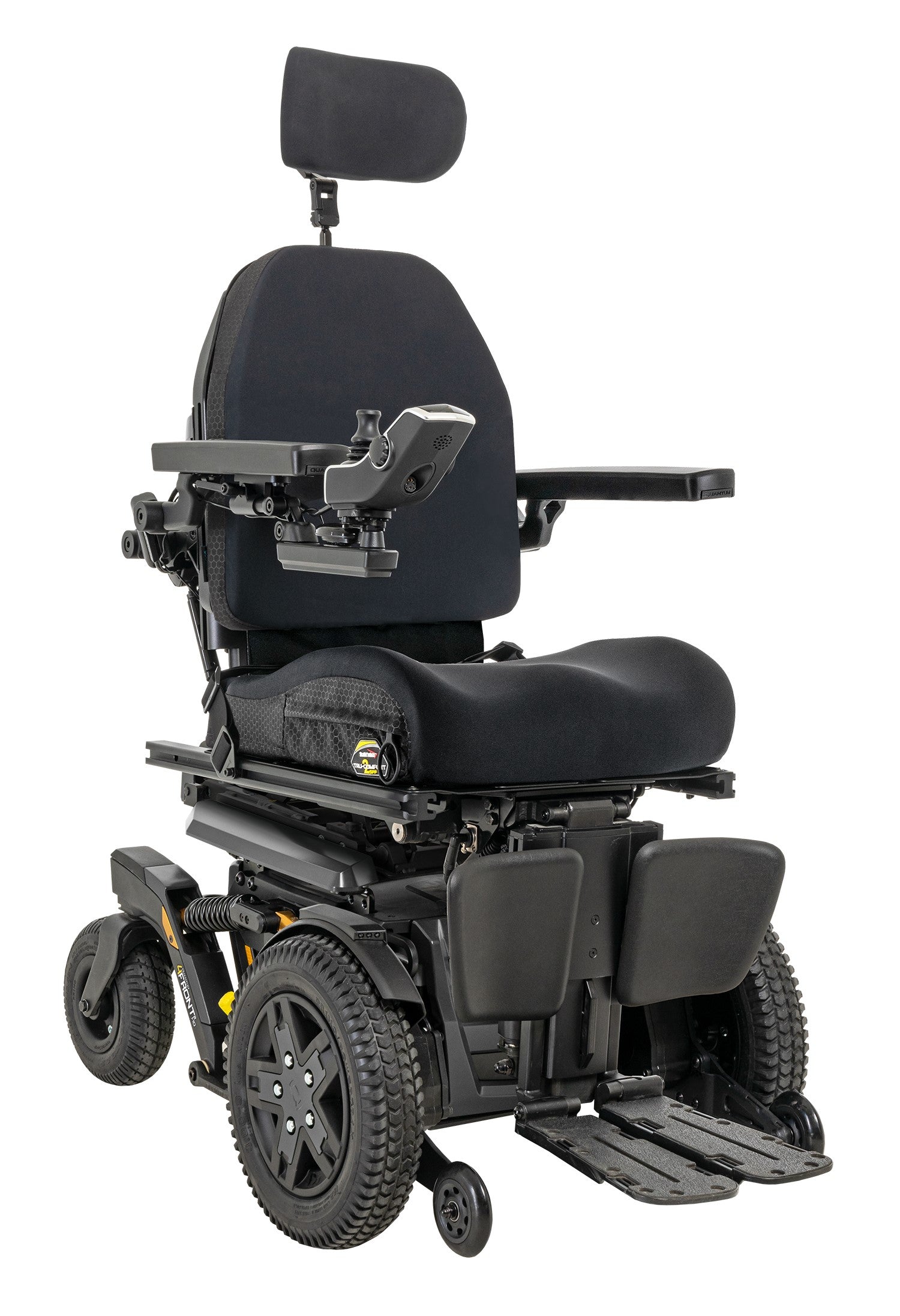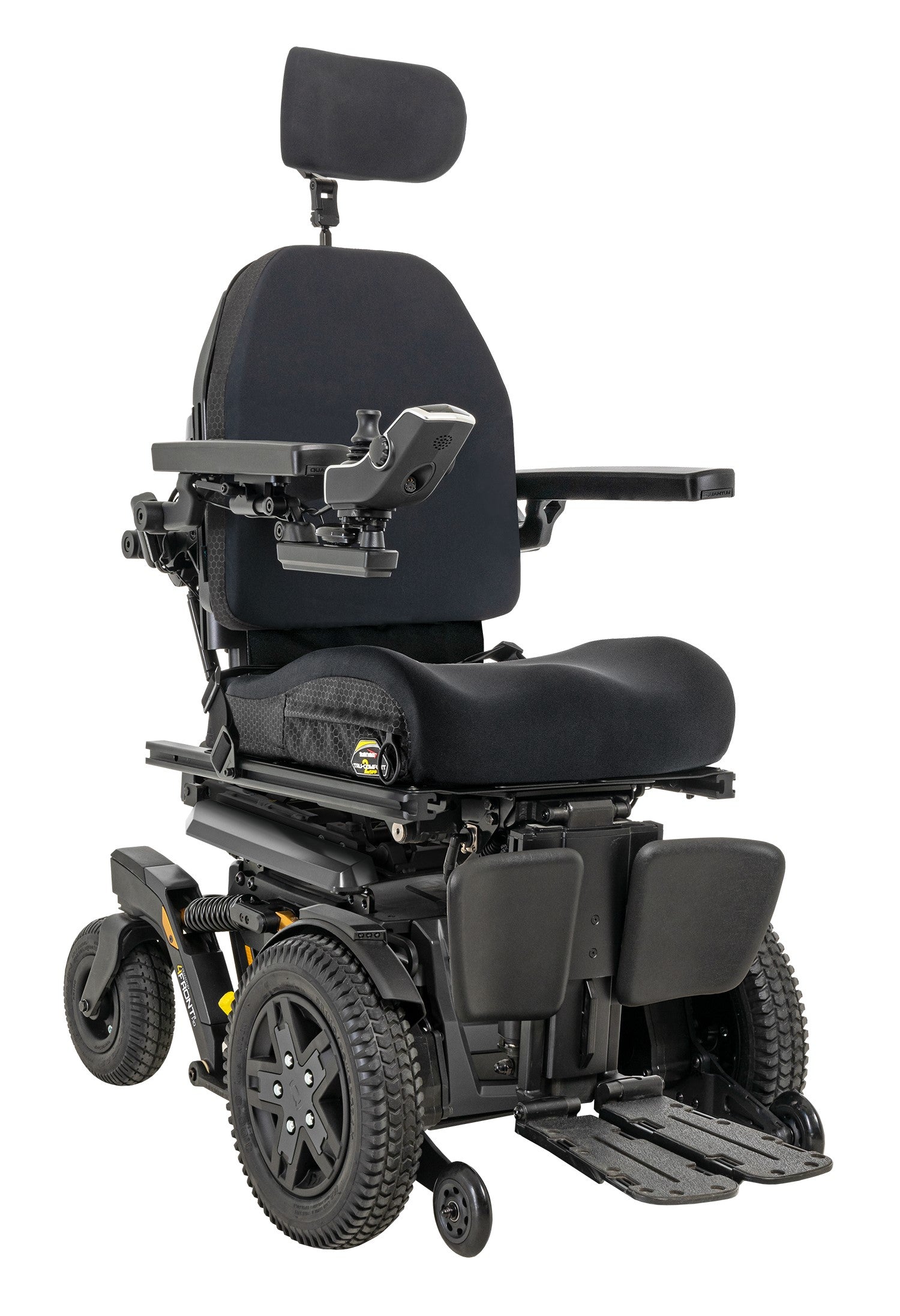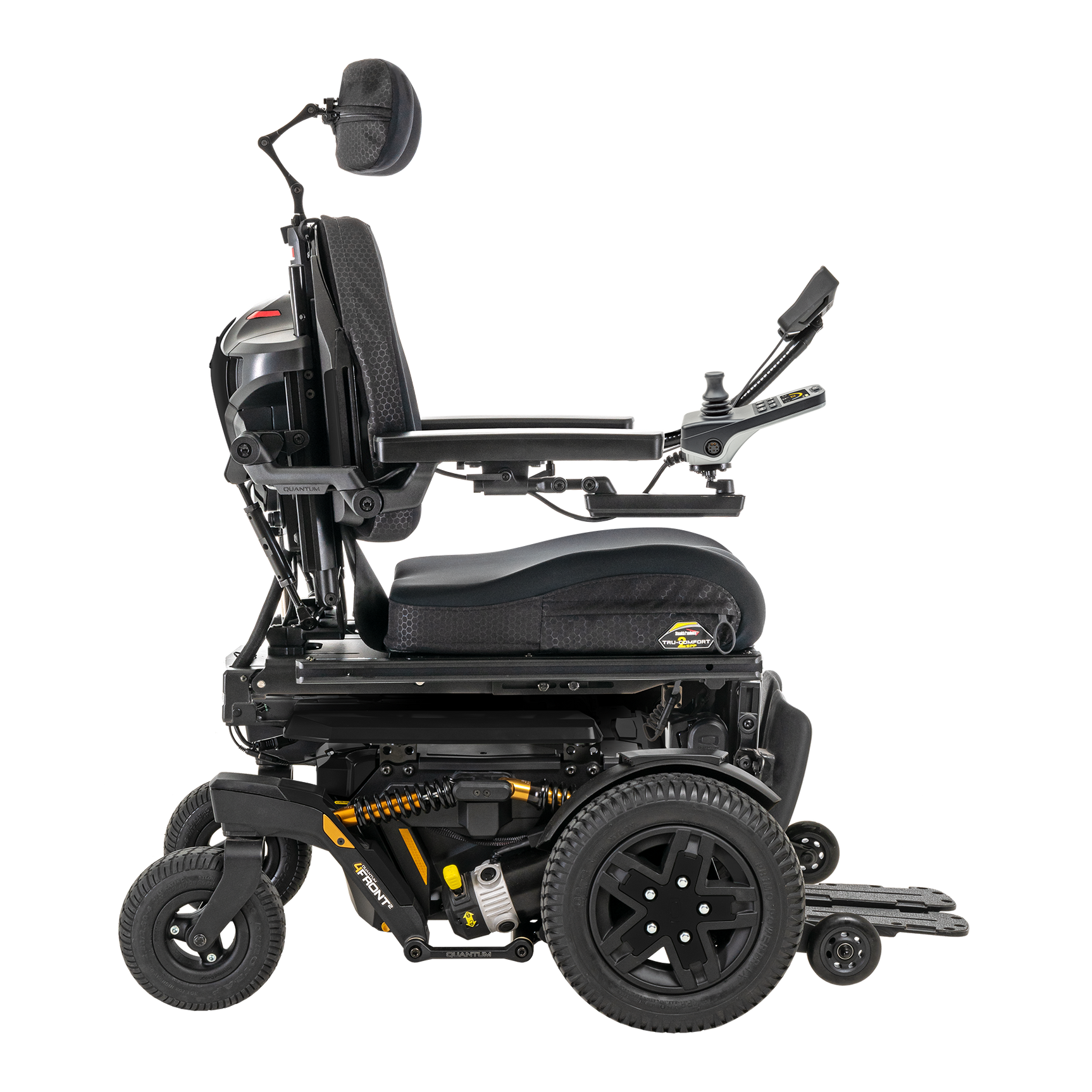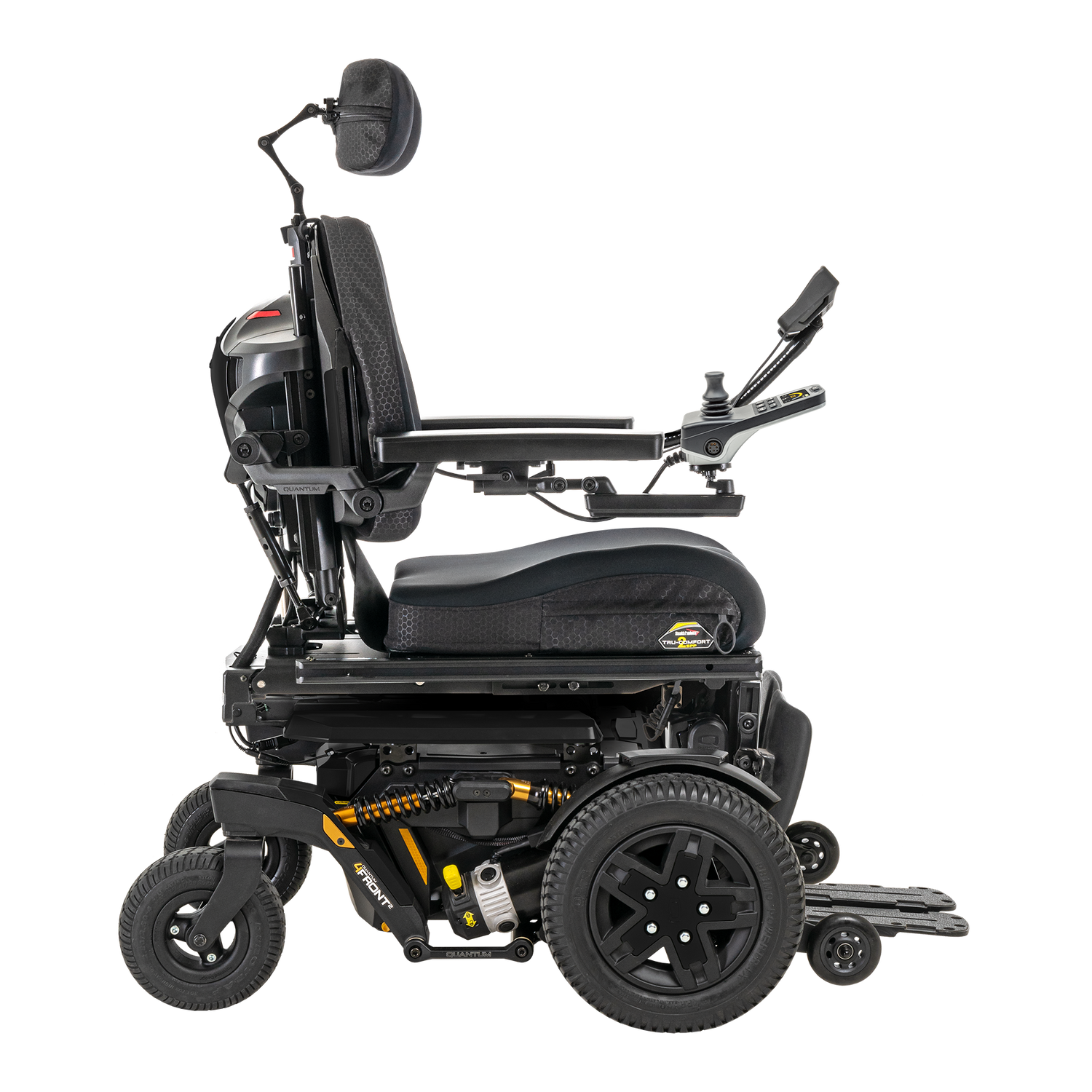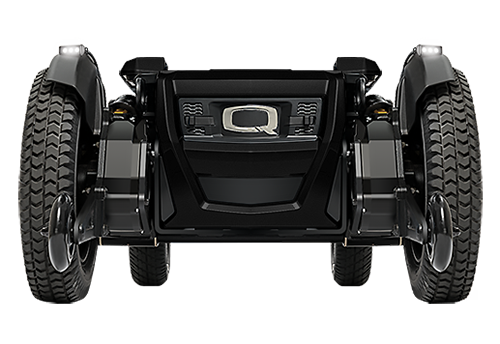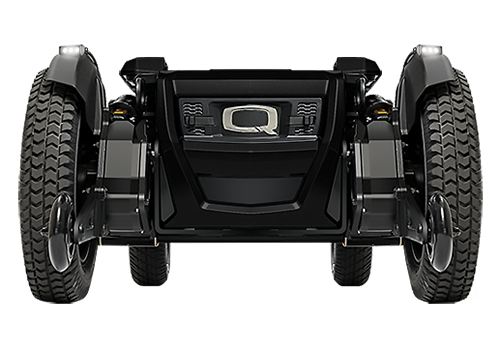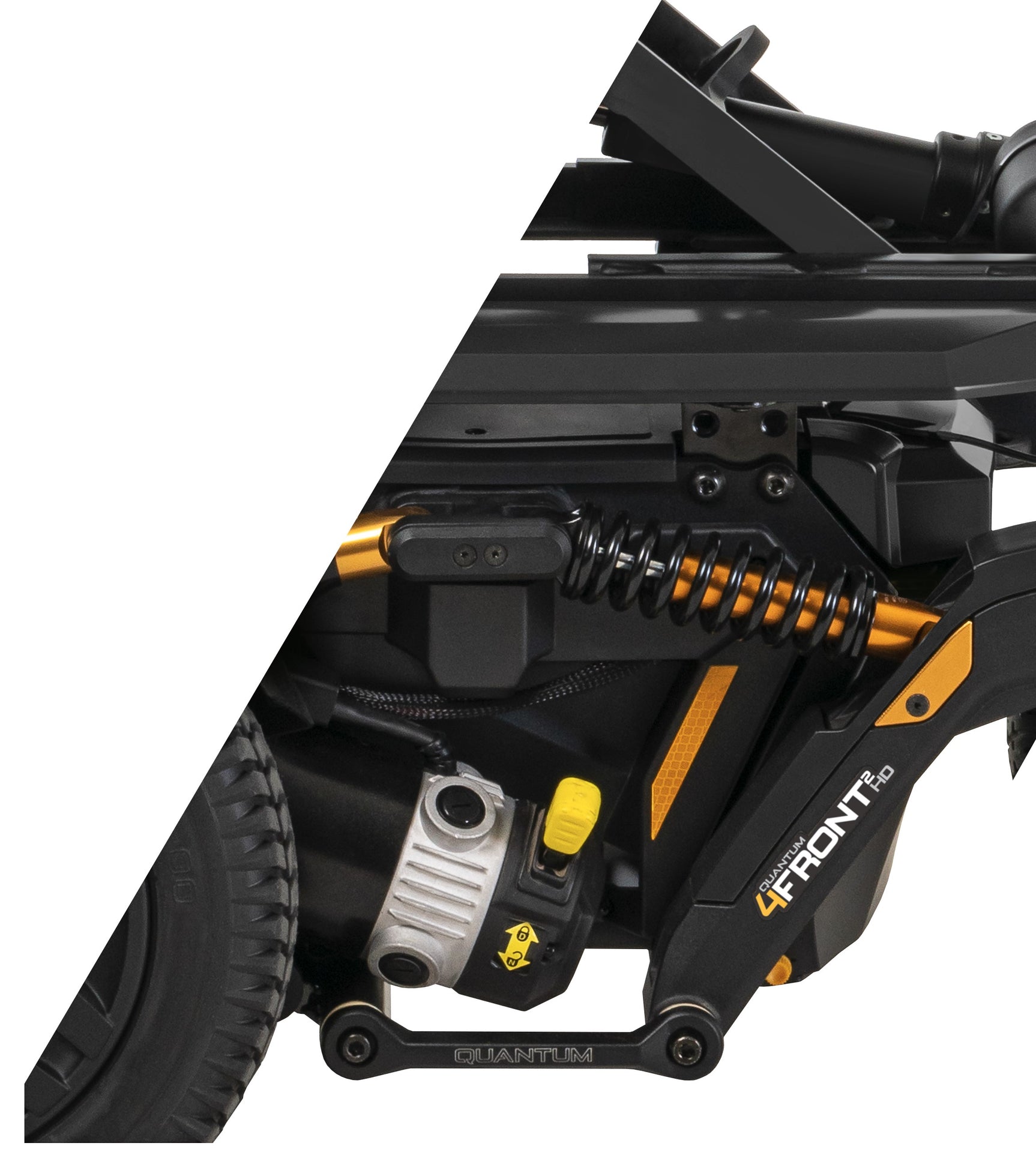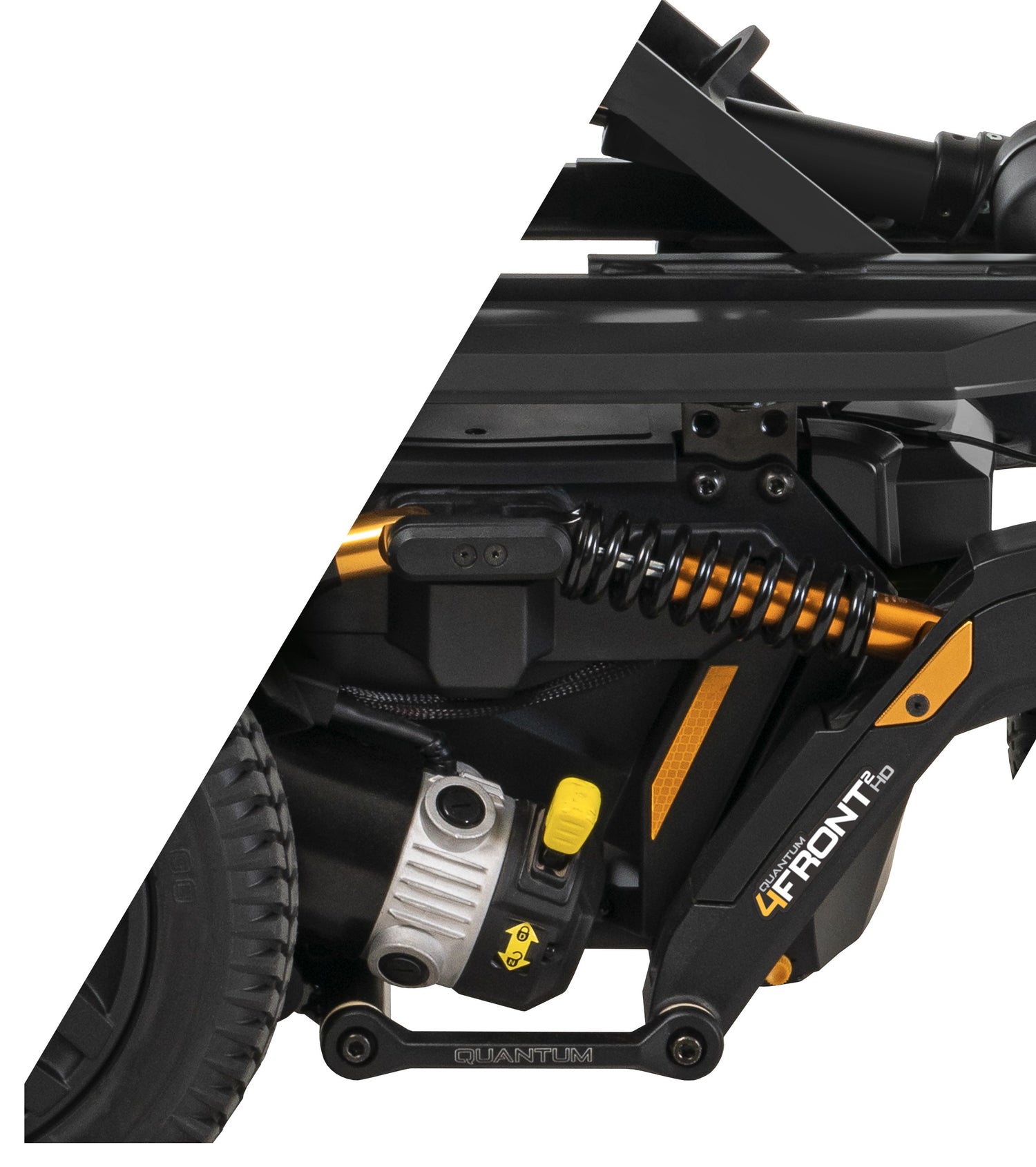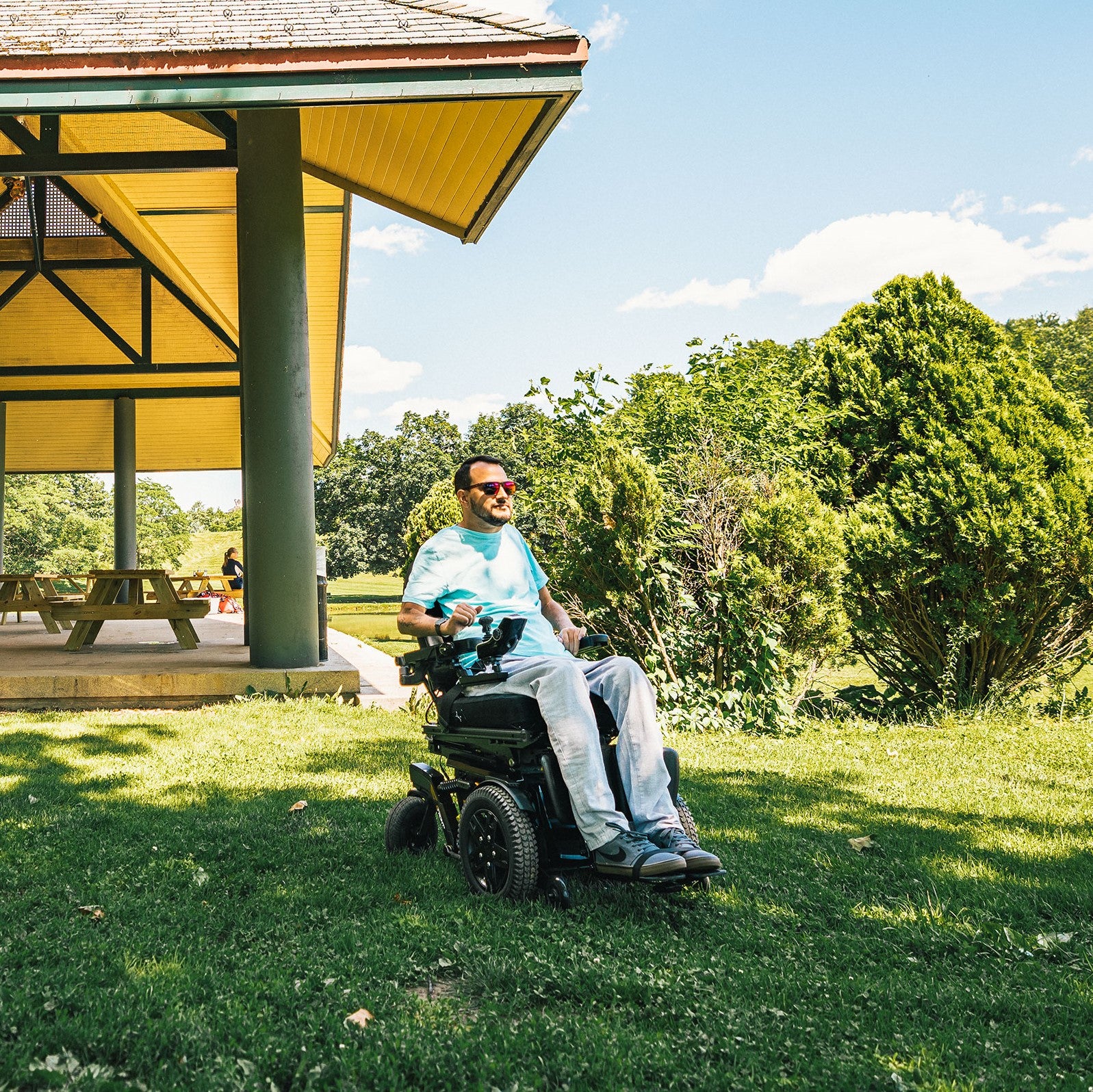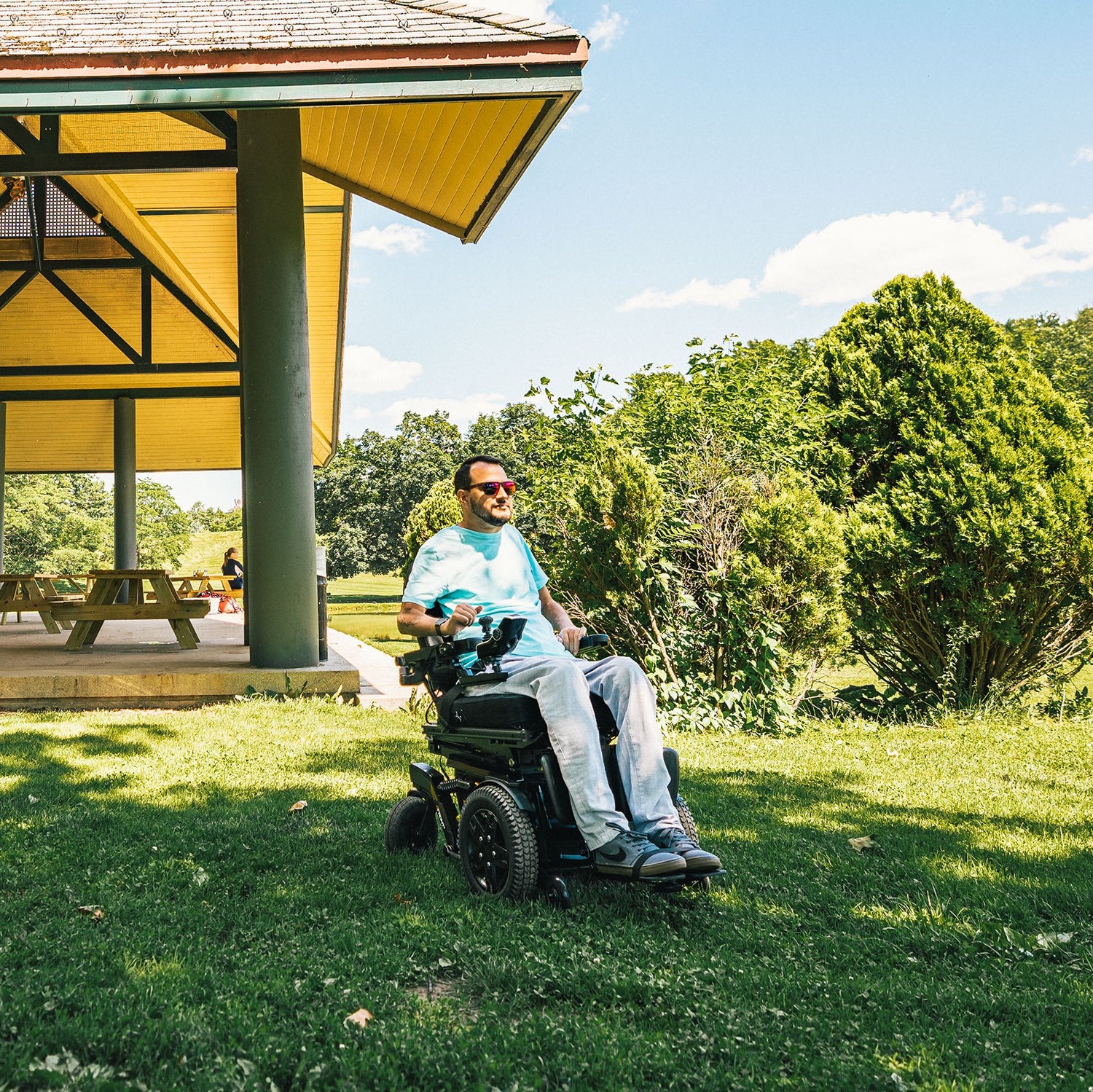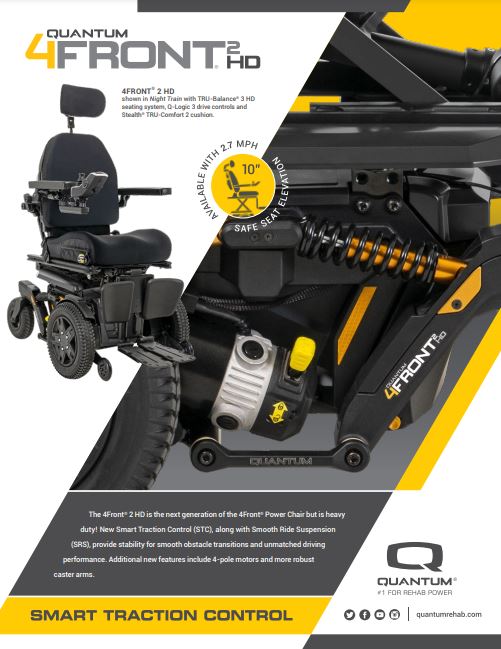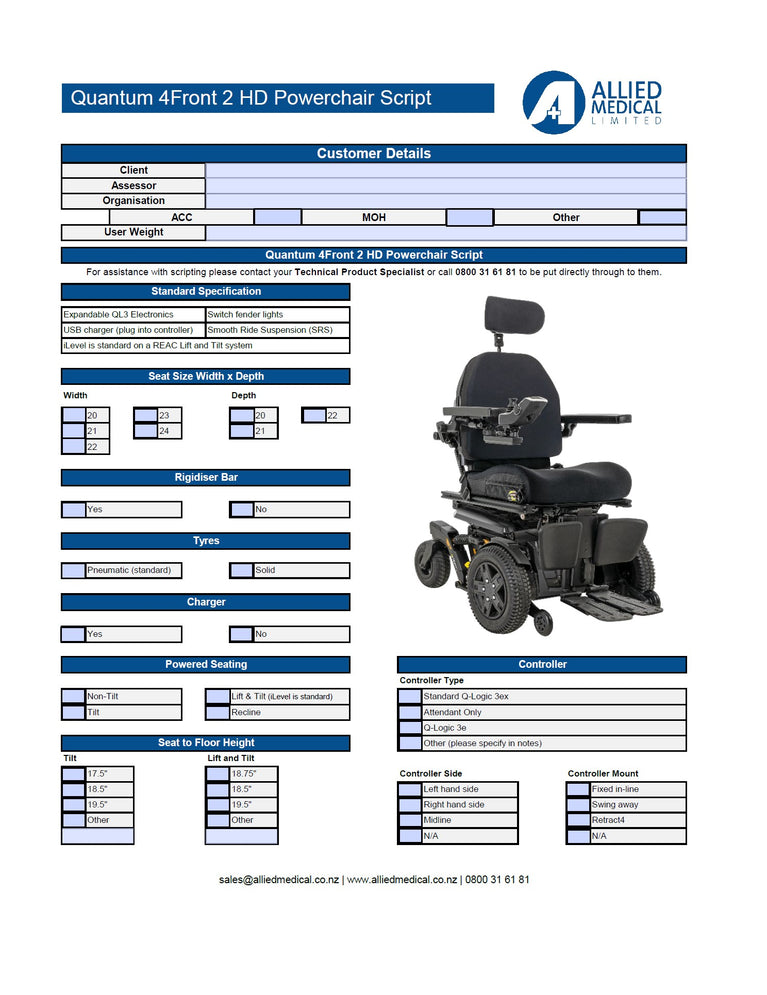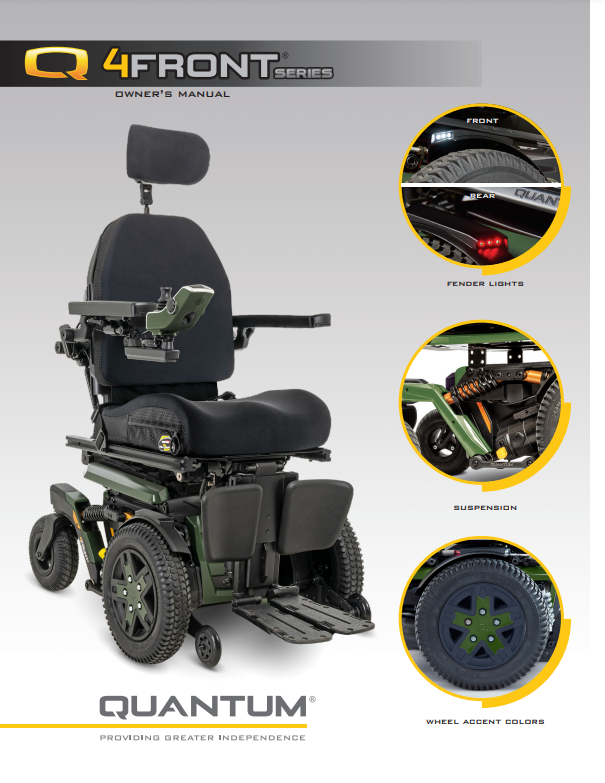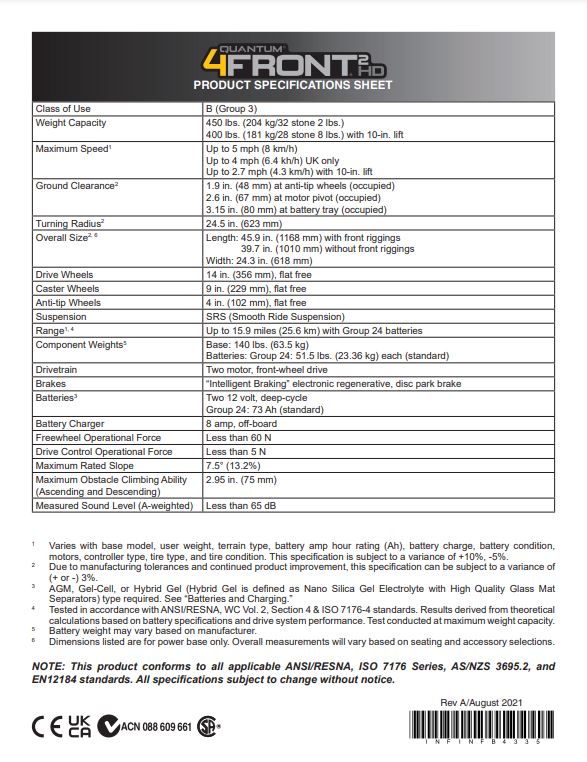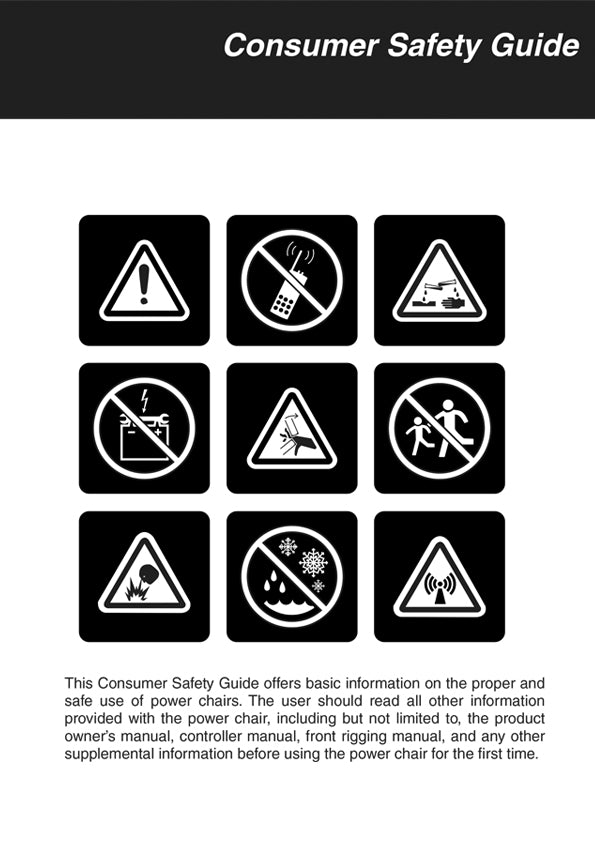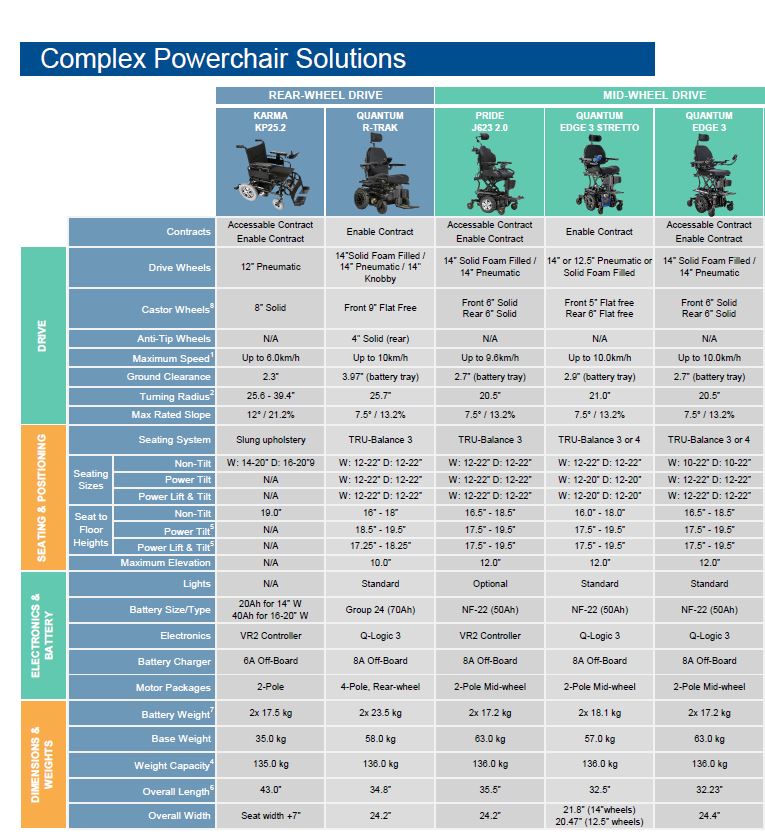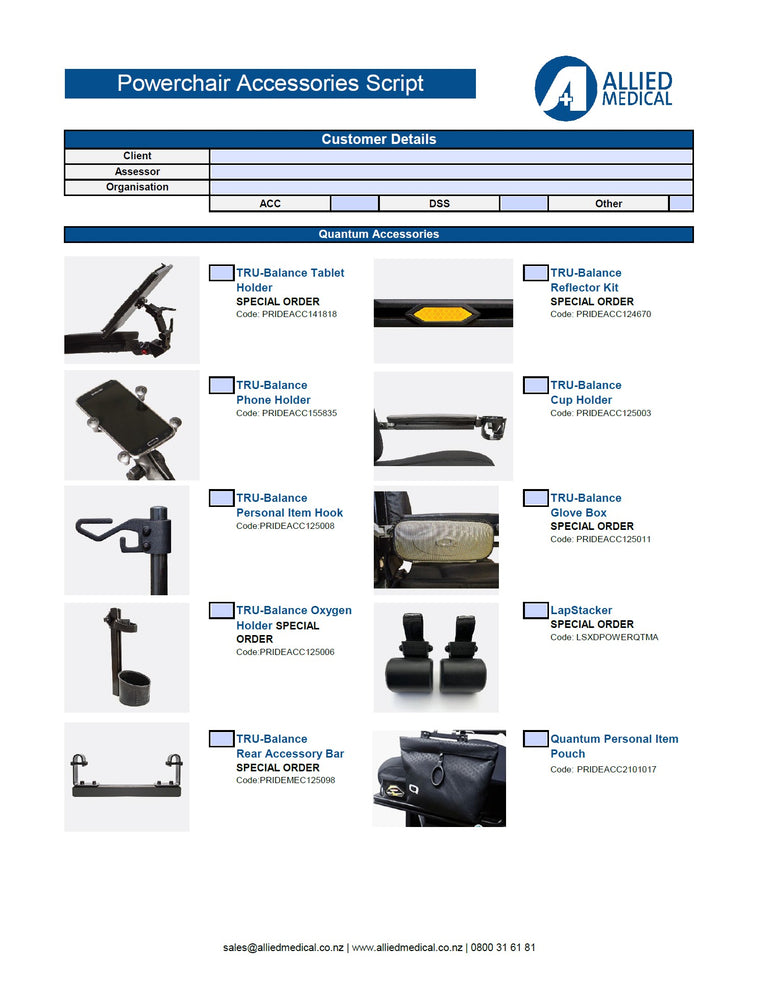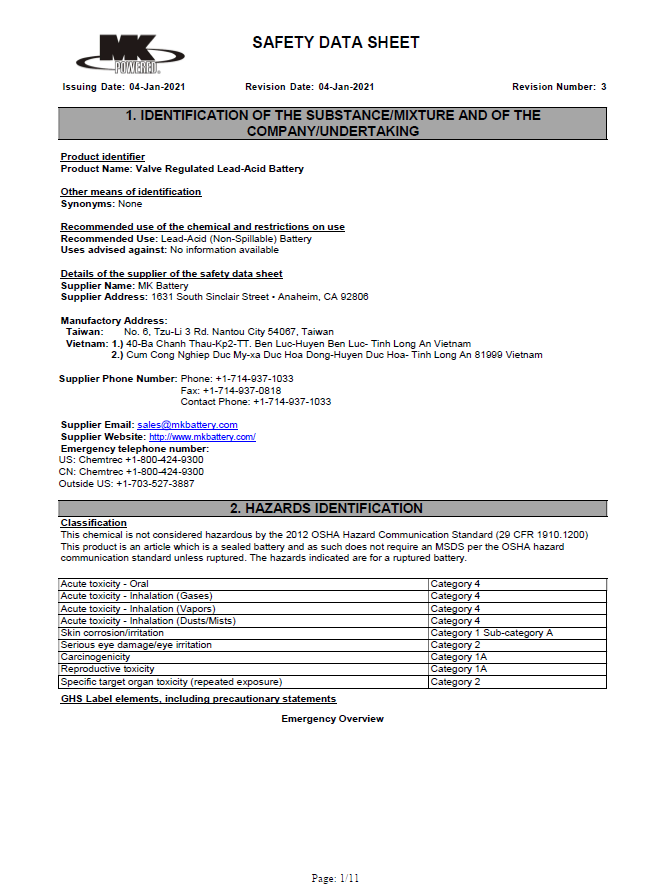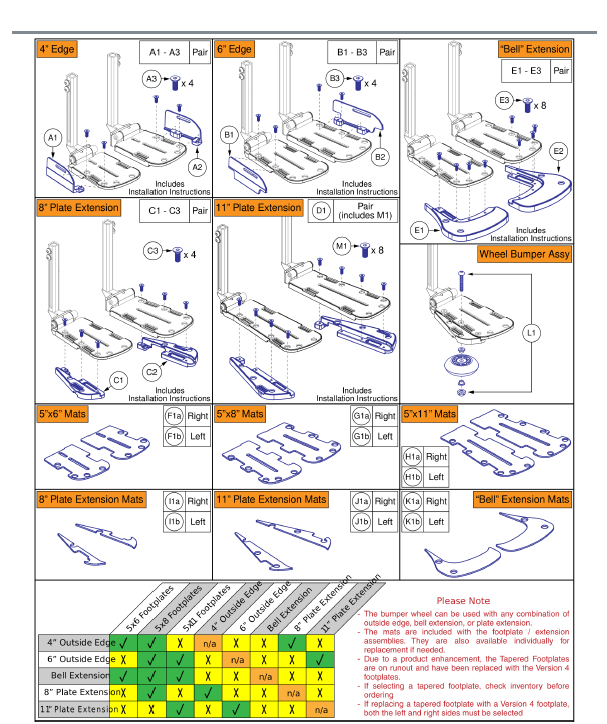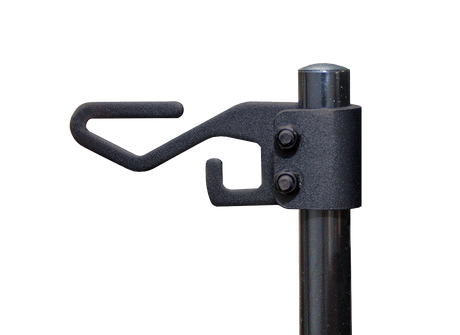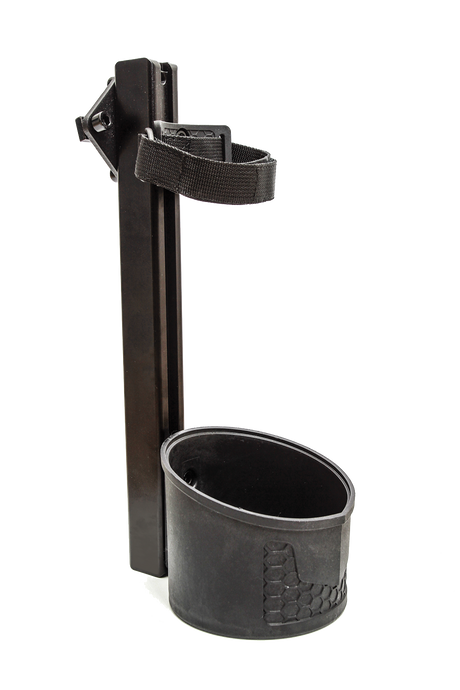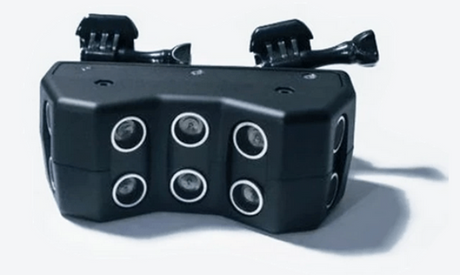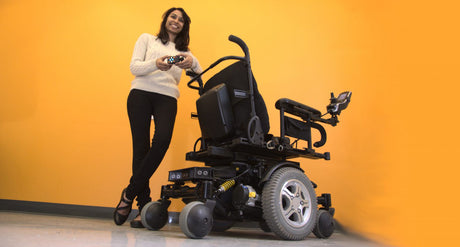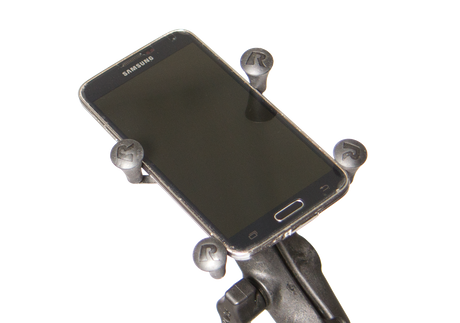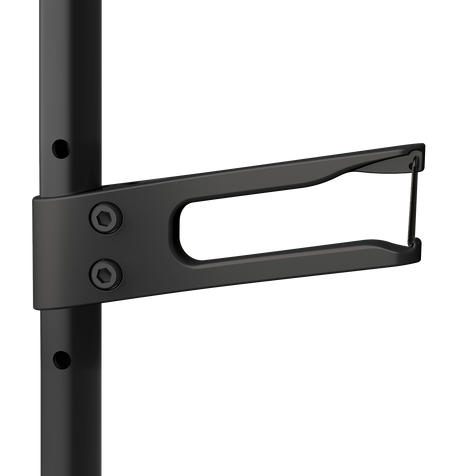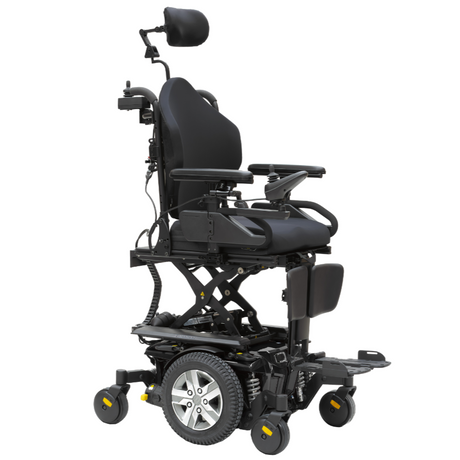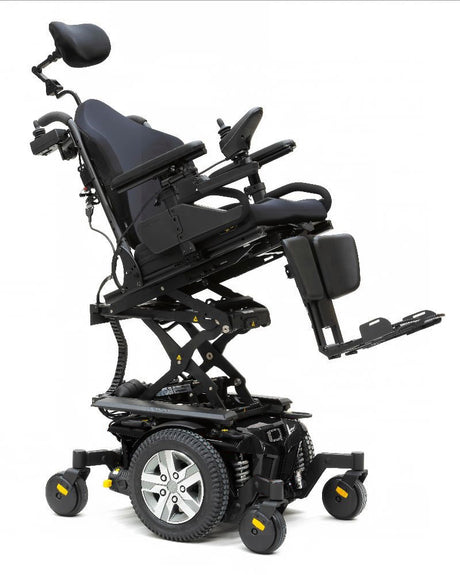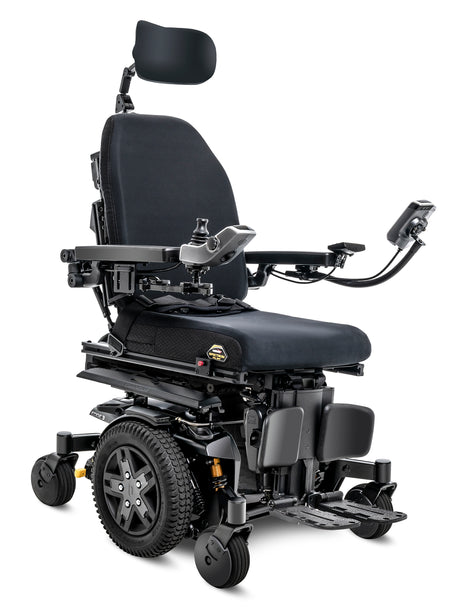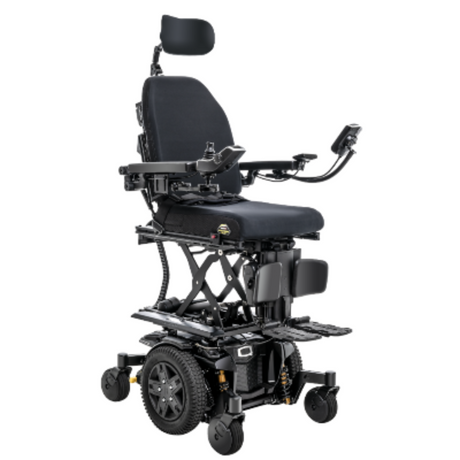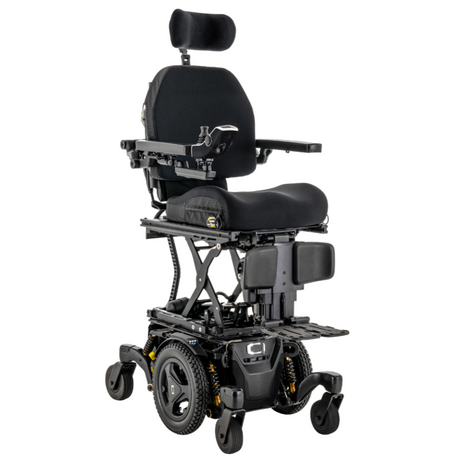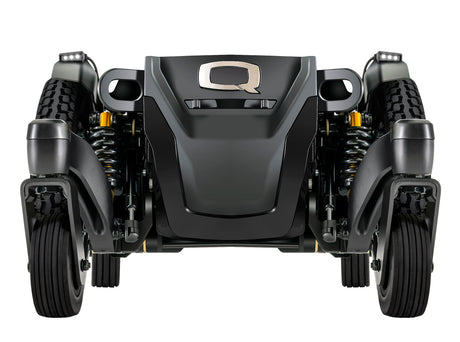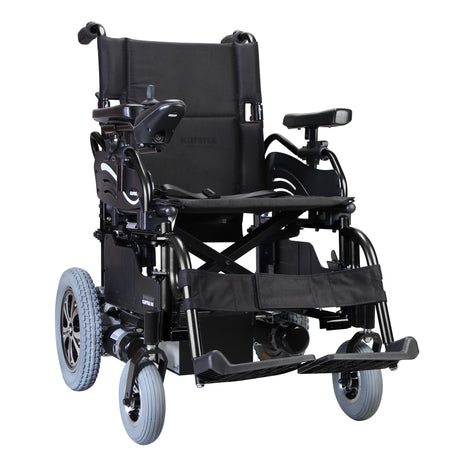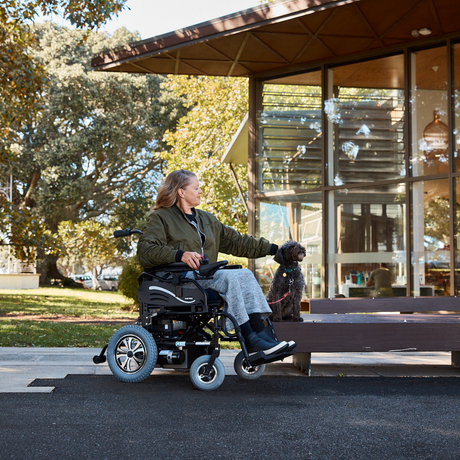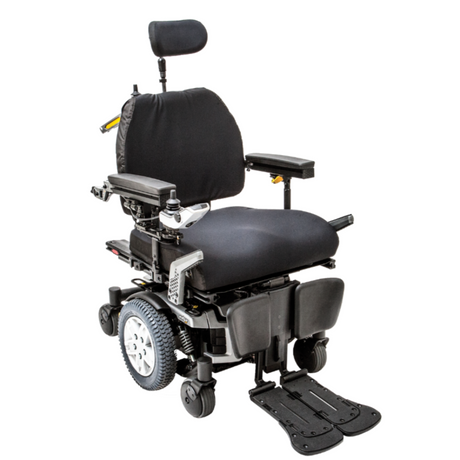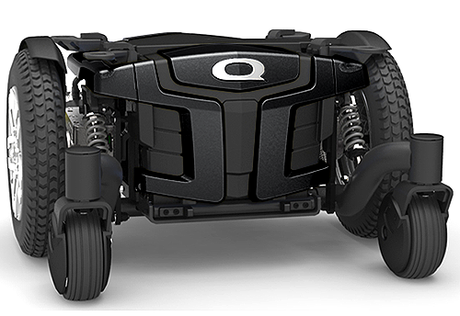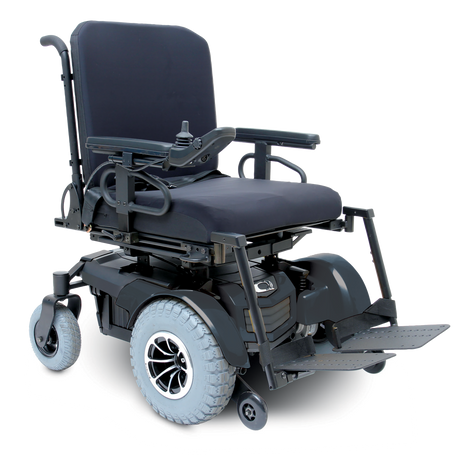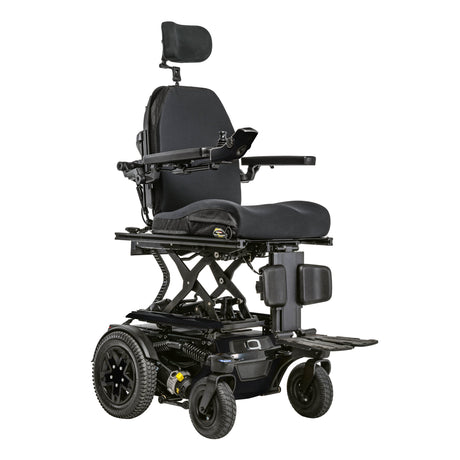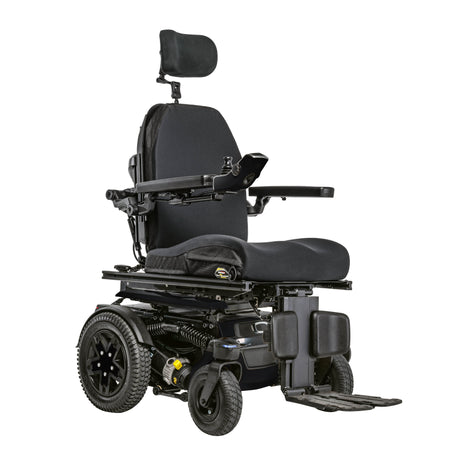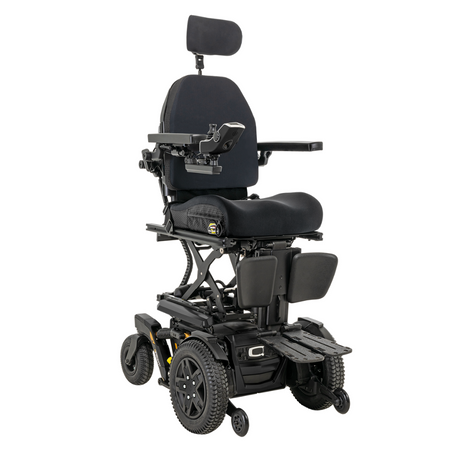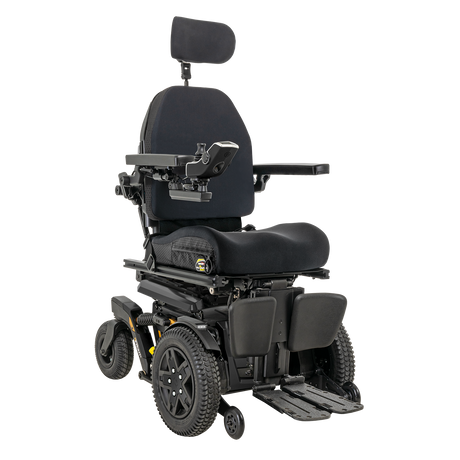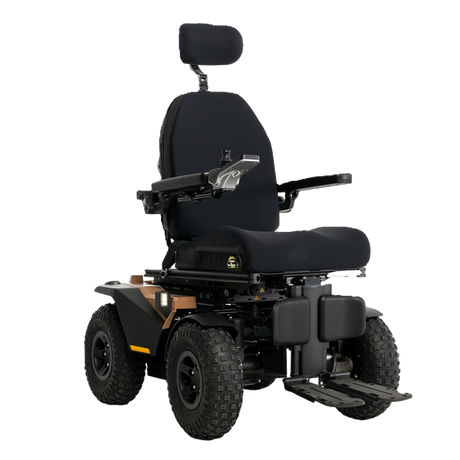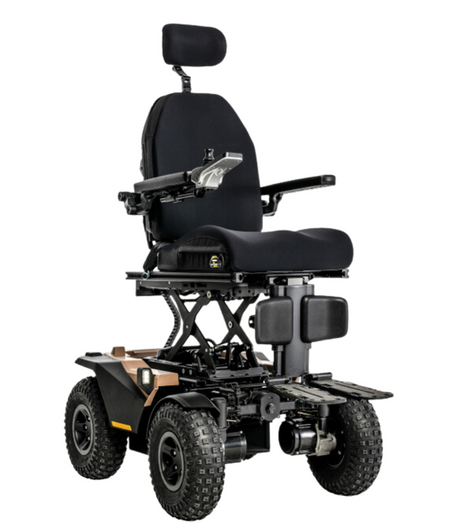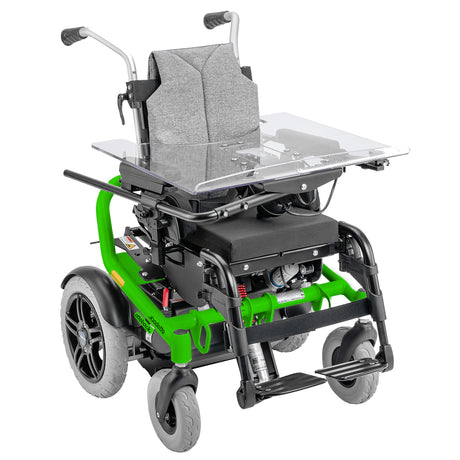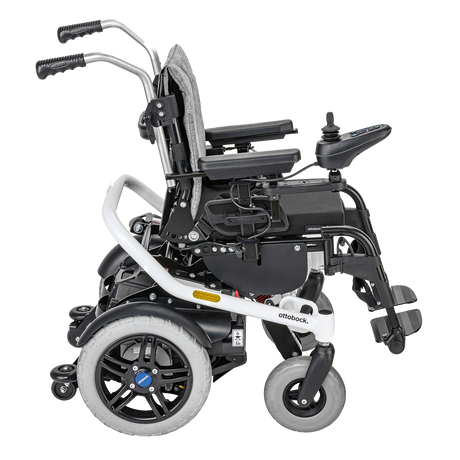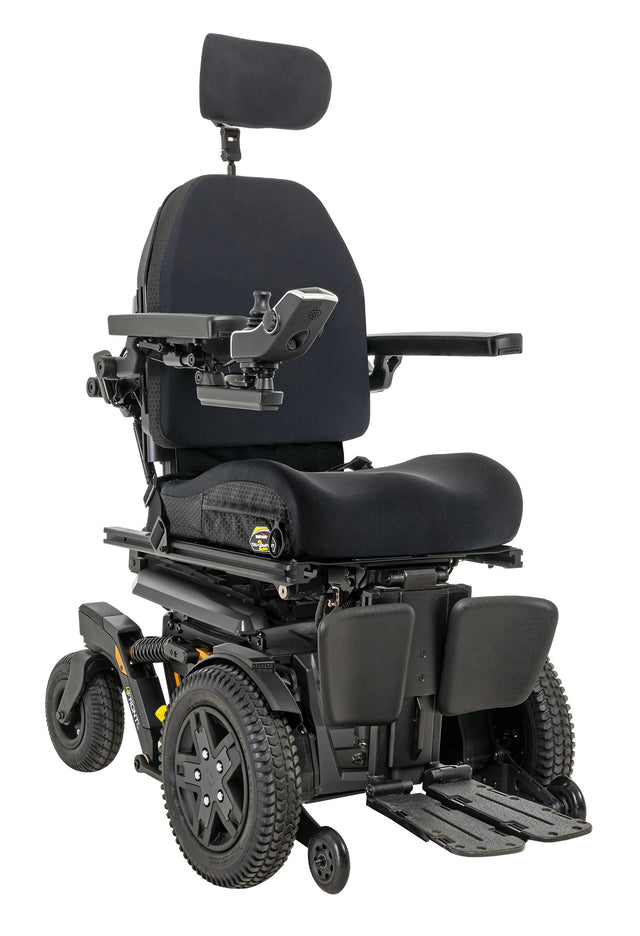Quantum 4Front 2 HD
The 4Front 2 HD is the next generation of the 4Front Power Chair but in a Heavy Duty format! New Smart Traction Control (STC), along with Smooth Ride Suspension (SRS), provide stability for smooth obstacle transitions and unmatched driving performance. Additional new features include 4-pole motors and more robust caster arms. The 4Front 2 HD is a suitable option for users up to 204kg in weight, and 24”s in seated width.
Easy Returns Policy
Easy Returns Policy
Worried an item might not be right? Return your purchase in as new condition within 14 days and we will happily exchange the item or provide a refund for the cost of the item including the original shipping fee. Click here to view all returns information.
Online Delivery Rates
Online Delivery Rates
NZ Retail Purchases
$9 NZD flat fee
Free for orders over $500 NZD
AU Retail Purchases
$30 NZD flat fee
Wholesale Purchases
Shipping will be calculated after your purchase and added to your invoice.
Online Delivery Times
Online Delivery Times
Deliveries placed during the week before 2pm*
New Zealand
Auckland: Usually the next day!
Rest of North Island: 2 days
South Island: Approx 3 - 4 days
Rural deliveries can take 1-2 days in addition to the above
Australia
Approx 10 - 15 days
*Approximate timeframes given. Please note that for out-of-stock items and orders placed after 2pm or over the weekend, the shipping timeframes above will apply from the day of dispatch from our warehouse.
Click here to view all delivery and shipping information.
Give Us Feedback
Give Us Feedback
We'd love to hear what you have to say. If you would like to send us some feedback about our website, available products, our team or anything else, please complete our Feedback Form.
If you have a spare minute, we'd also love you to leave us a Google Review.
Funding Information
Funding Information
Click below for information on funding for New Zealanders.
Am I Eligible for Funding?
Self Funding
Description
Description
The Quantum 4Front 2 HD offers a full range of powered seating functions, which can be configured on the highly adaptable TRU-Balance 3 HD Seating System.
Features
- Smooth Ride Suspension (SRS) provides a smooth, comfortable ride, reducing overall fatigue, discomfort and allowing for maximum performance. 30% better than previous Quantum suspension options.
- Linak 4-pole motors geared for high torque to accommodate heavier loads
- Up to 8 km/h and 4.3 km/h when elevated
- Smart Traction Control (STC) allowing for straighter drive with minimal client input
- Q-Logic 3 modular expandable electronics that easily allow for the addition of alternative drive controls
- Lift and Tilt with iLevel – allows the user to drive at up to 4.3 km/h when elevated
- Compact full-size front-wheel drive powerchair with 6 wheels on the ground for stability
- Lift and Tilt 10" raise
- Power tilt
- Power elevate
- Power elevating leg rests, swing-away or centre mounted
- Power recline with anti-shear
- Powered vertical lifting platform
- Seat width of 20” – 24” with easy adjustment
- Seat depth of 20” – 22” with easy adjustment (20" - 24" in Static Seat)
- User weight capacity of 204 kg with tilt in space (181.4 kg with lift and tilt)
- LED front and rear fender lights if required
- Unmatched driving performance and ride quality
- Advanced stability for smooth obstacle transitions
- Redesigned caster arms for improved durability and aesthetics and reduced weight
- Quiet ride technology
- Conforms to all applicable ANSI/RESNA, ISO 7176 Series, AS/NZS 3695.2, and EN12184 standards
- Available for trial in Black. Colours may be available for purchase only by special request.
SRS Suspension
The 4Front 2 HD is equipped with independent SRS (Smooth Ride Suspension), which offers increased shock absorption due to the angle of the shocks. Users enjoy maximum obstacle climbing and increased overall comfort. The Quantum 4Front 2 HD front-wheel drive powerbase has been engineered from the ground up with true independent suspension without using an articulating beam. When you want a smooth, comfortable ride, unmatched performance and advanced stability, there’s only one choice: SRS.
Clinical Benefits from SRS
- Transmission of surface inconsistencies is significantly decreased allowing for better management of spasticity and tone.
- SRS can significantly reduce pain for clients due to the reduction in jolting forces directly below the user.
- SRS minimises the displacement of the upper body, head and neck providing a greater sense of stability and less of a reliance on postural components.
- Greatly helps clients using alternative drive control systems or modified joystick handles to maintain contact with the drive control.
Planning a trip? Check out our blog, How to Travel with a Powerchair or Scooter, for practical tips on preparing your mobility device, navigating air travel, and ensuring battery safety while on the go.
Specifications
Specifications
| Drive Type | Front-wheel drive |
| Seat Type | TRU-Balance 3 HD Power Tilt / TRU-Balance 3 HD REAC |
| User Weight Limit | 204 kg (181.4 kg with 25.4 cm lift) |
| Seat Width | 20” – 24” (½” increments) |
| Seat Depth | 20” – 22” (20" - 24" for Static Seat) |
| Seat-to-Floor Heights | 16.5" - 20.5" |
| Power Tilt-in-Space | Optional 50° |
| Power Recline | Optional |
| Power Elevate | Optional 10" |
| Manual Tilt-in-Space | Optional |
| Manual Recline | Optional |
| Specialty Controls | Optional |
| Total Product Width | 24.3" (618 mm) |
| Total Product Length | 39.7" (1010 mm) (excluding footplates) |
| Ground Clearance | 3.15" (80 mm) at battery tray |
| Turning Radius | 24.5" (623 mm) |
| Drive Wheels | 14" flat free |
| Caster Wheels | 9" flat free |
| Anti-Tip Wheels | 4" Flat Free |
| Maximum Rated Slope | 7.5° (13.2%) |
| Suspension | Smooth Ride Suspension (SRS) |
| Motor Type | 4-pole, front-wheel drive |
| Available Electronics | Q-Logic 3 (expandable) or Q Logic 3e |
| Battery Size | 73 Ah |
| Battery Charger | 8A Off-board |
| Maximum Speed | Up to 8kmh and 4.3 kmh when elevated |
| Base Weight | 63.5 kg |
| Battery Weight | 23.36 kg each |
| Frame Warranty | 3 Years |
| Motor Warranty | 2 Years |
| Battery & Electronics Warranty | 1 Year |


